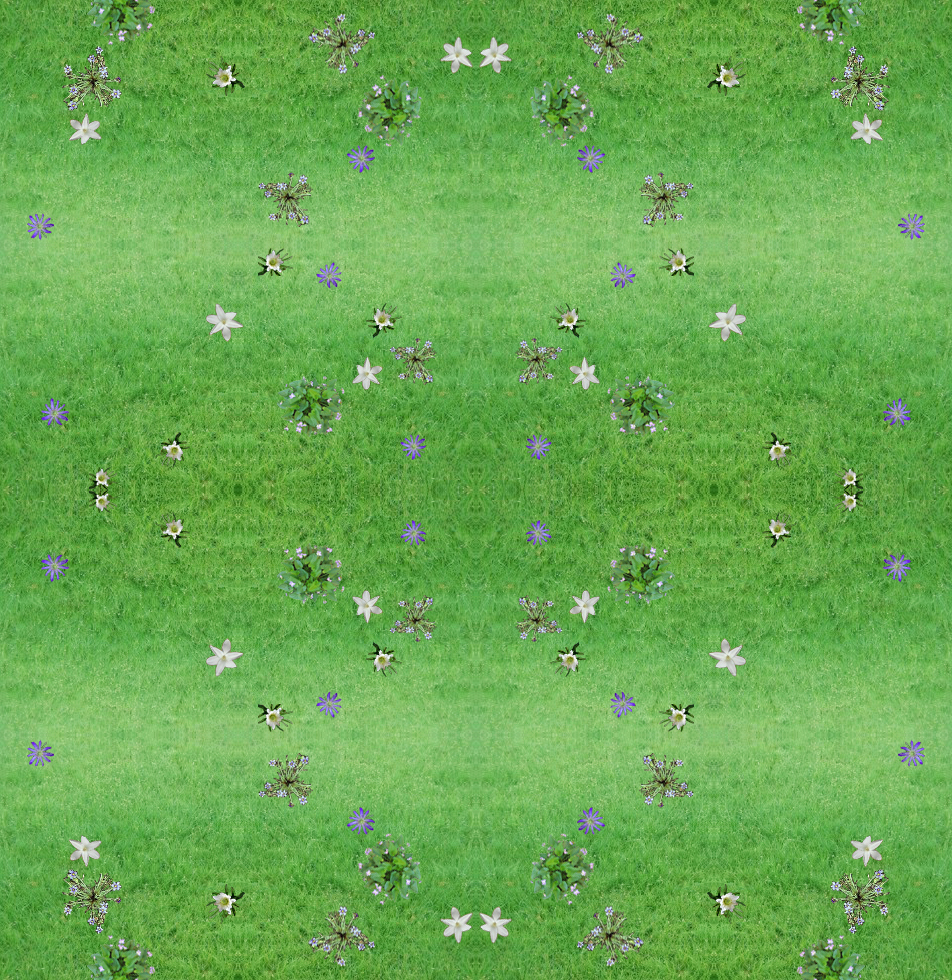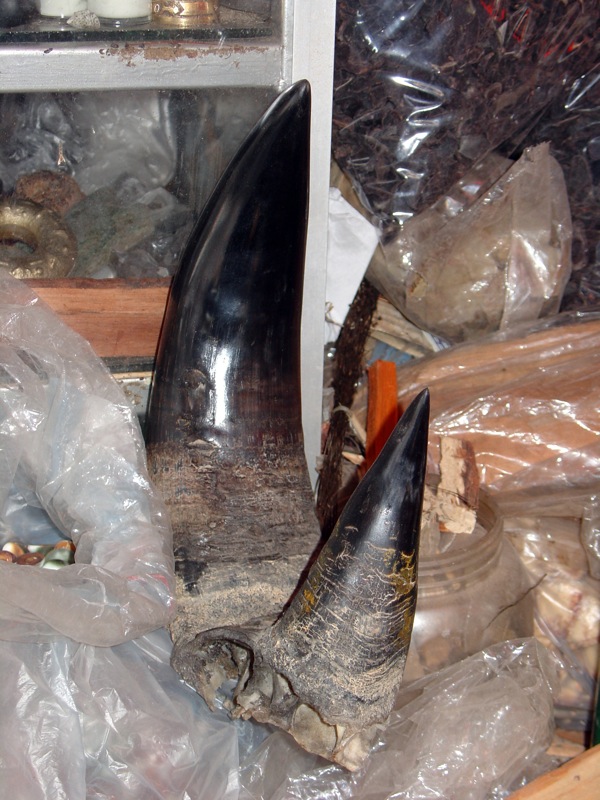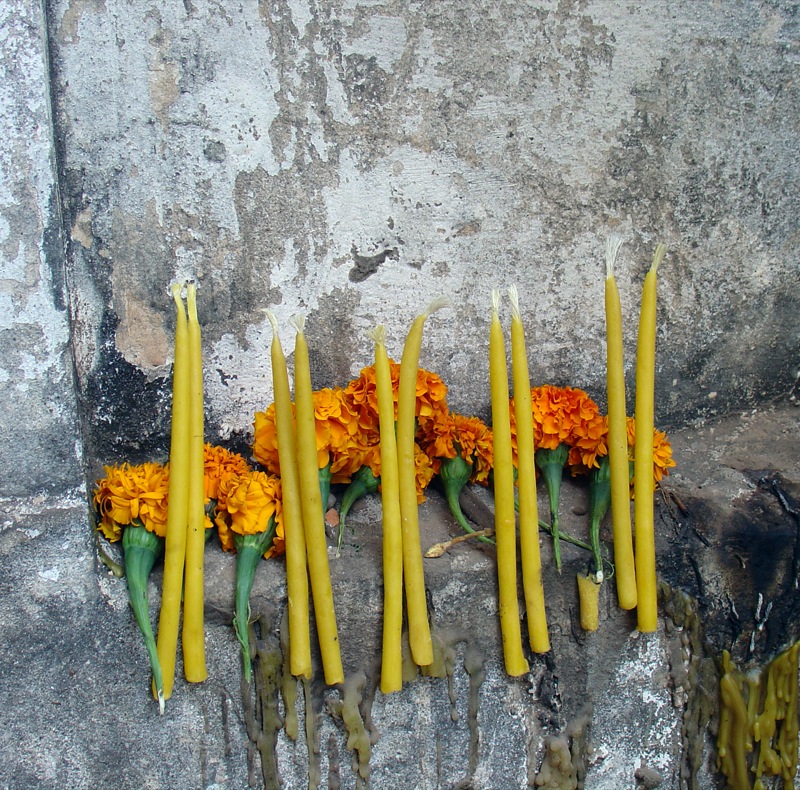About seven years ago
Bill Joy wrote a piece for Wired Magazine , famously entitled "
Why the Future Doesn't Need Us" in response to a conversation he had with
John Searle and
Ray Kurzweil. Kurzweil, for those of you who might not be familiar, uses what he calls the Law of Accelerating Returns to argue that three main technologies (GNR: genetic engineering, nanotech, and robotics) will shortly give rise (within forty years) to such a tremendous growth in technology that we will reach what has been referred to as a technological
singularity, where the world around us will essentially begin to wake up, and we will have merged with our machines so much as to have become, effectively, a different species. I hope to write more about this soon, especially the similarities between narratives of a technological singularity, particularly as Kurzweil envisions it, and Christian narratives of the "end times" and the Millennium. In Kurzweil's book
The Age of Spiritual Machines he includes a long quote from
Industrial Society and Its Future, also known as
The Unabomber Manifesto, in which several dystopian outcomes of technological advancement are outlined: our technological systems become so complex that we are no longer capable of running them, so they run themselves, making decisions in their own self interest; or powerful technology is only available to an elite group that either decides that the rest of humanity is superfluous, and therefore expendable, or that the rest of humanity doesn't know what's good for it, and needs to be adapted to the life that awaits it, through genetic manipulation, drugs, and other treatments. Joy, who himself could easily have been one of Kaczynski's victims, also quotes from the same text, reluctantly admitting that there is some merit to aspects of his argument. After citing his own not-a-Luddite credentials (my computer literally could not
run without him) Joy lays out an argument for relinquishment of technologies that may lead to what he calls "knowledge-enabled destruction." He points out that though nuclear weapons are enormously destructive, the hardware costs associated with developing them are prohibitive for many nations, and the information necessary for successful implementation is well protected. Genetic engineering, nanotech, and robotics, however, are essentially information technologies, rather than industrial technologies, and therefore subject to the same deflationary trends as computers (DNA synthesis is currently around a
dollar a base pair, and bound to drop further), with the same money buying twice as much computing power every eighteen months or so. With time, DNA synthesis will require a couple thousand dollars, and a device that either runs on its own, or talks to your laptop via USB, or wireless (or whatever comes next), and a bit of software. This setup (and this is my example, not Joy's) inevitably leads to the much prognosticated scenario of pimple-faced hackers in the back bedroom cobbling together biological rather than software viruses. Or if we survive that stage, there is always the specter of
self-replicating magic pixie-dust (or so it will seem) that renders the world a desert, or a gob of
gray-goo. In order to avoid these dangers, as well as others, Joy believes that it will be necessary for researchers to relinquish, to all together abandon, certain avenues of research. In Kurzweil's
response to Bill Joy he says that the temptation will simply be too great, and the technology too cheap, to ensure that dangerous research isn't done. Any nation that agrees to abandon certain technologies will therefore be unable to defend itself against those that don't. In a way I can't quite put my finger on, this feels a bit like the US's argument against ratifying the
Kyoto Protocol. Which brings me to the point I really wanted to make.
We're just no good at giving things up, even when the alternative is better than what we have now. Our current culture is one of entitlement. We feel entitled to our cars, our houses, our yards, our entertainment, our lifestyle in general. Instead of feeling grateful, we feel that we deserve those things, and probably a little more besides ("Where's my
flying car, anyhow?" is our civilization's running gag). This culture of entitlement is an inexorable tidal force against which a tentative culture of relinquishment will have to fight in order to establish itself.
As a thought experiment, let's try a few of these out:
1) Would you relinquish your car for a bicycle, or public transportation?
2) Would you relinquish disposable diapers for washable?
3) Would you relinquish your clothes dryer or dishwasher for air and sunlight or a little elbow grease?
4) Would you relinquish your lawn for a vegetable garden, or something resembling the native landscape they tore up to build your house?
5) Would you relinquish your azaleas for blueberries, your crepe myrtles for fruit trees?
6) Would you relinquish your synthetic fabrics for natural?
7) Would you relinquish television or movies for a hobby or continuing education?
8) Would you relinquish your country's military budget for a more robust educational system, or universal health care?
9) Would you relinquish channelized water removal and treatment for wetlands?
10) Would you relinquish nations for small, geographically-determined, self-sustaining, semi-autonomous regions?
11) Would you relinquish power for referendum?
I'm sure some of these sound nice enough (if somewhat idealistic or naive), others impractical, and some downright impossible or dangerous. As a culture we are not geared toward giving things up. If we do, then we fear falling victim to the principle Kuzrweil points out in his rebuttal of Bill Joy--all the other guys will get ahead. If we are ever to develop a culture of relinquishment and restraint on a global scale, then how can we do it without cultivating one in our own metaphorical gardens? In many ways our (or maybe I'm just talking about myself here) perspective has become too broad (or too scattered) and at the same time too narrow, causing us to ignore the middle area, the intermediate terrain in our lives where our actions might be most effective. If we as individuals can learn to give a few things up, in favor of something better, then maybe the sum of all those individual changes can infect the culture as a whole.
What do you think we should give up, and what would you replace it with?



































